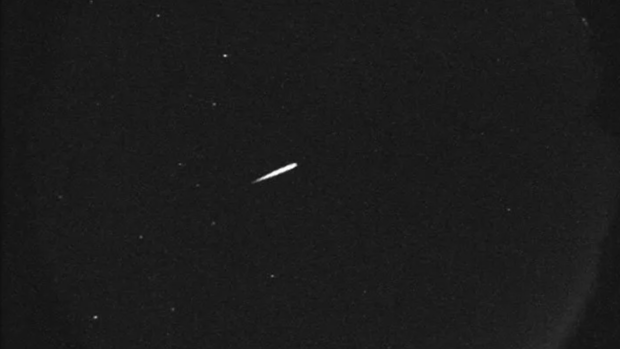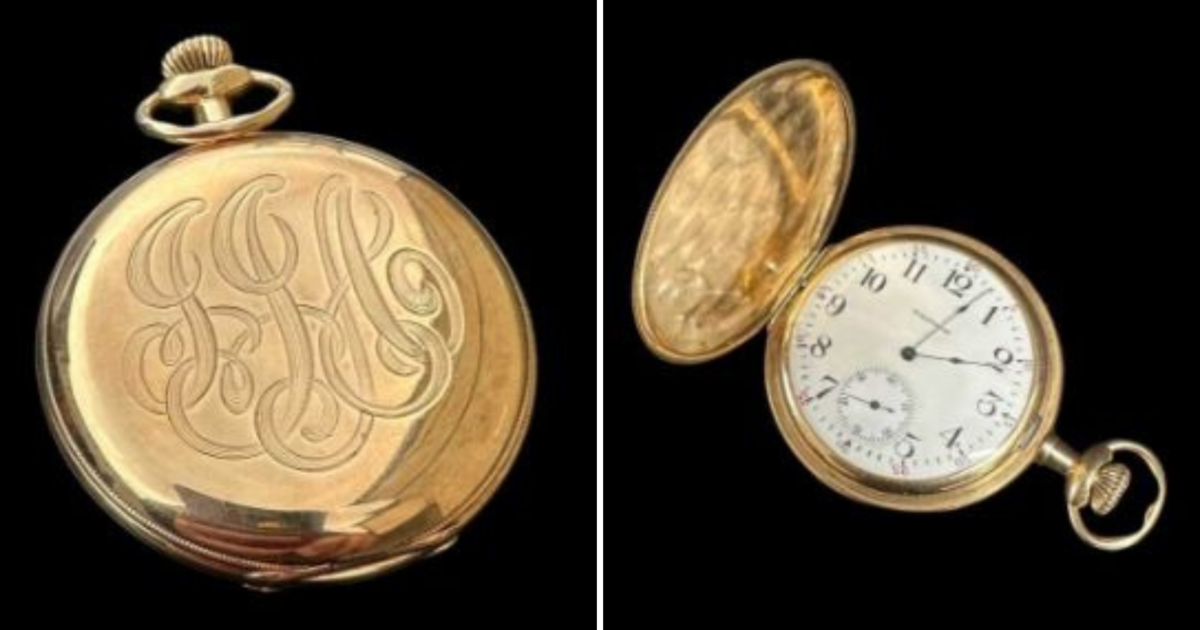Orionid meteor showers light up the sky soon. Where and when can you see them?
A meteor shower described by NASA as "one of the most beautiful showers" of the year is expected to peak in the coming days.
The Orionids are known for their brightness and speed, NASA said, with the meteors traveling at about 148,000 miles per hour, or 41 miles per second. Because of their speed, some of the meteors visible during the shower leave trains, made of debris, that appear to glow in the wake of the meteor.
NASA said the meteors are also "framed by some of the brightest stars in the night sky," which creates a "spectacular backdrop" to watch the meteor shower against.
Here's everything to know about watching the Orionid meteor shower.
When does the Orionid meteor shower start?
The Orionid meteor shower began on Sept. 26, according to NASA, and will continue through Nov. 22.
When does the Orionid meteor shower peak?
This year, the Orionid meteor shower will peak on Oct. 21. In moonless skies, viewers will be able to see about 23 meteors per hour during this time, NASA said.
Where will the Orionid meteor shower be visible?
The meteor shower will be visible in both the northern and southern hemispheres. Those looking to catch a glimpse of the Orionids should plan to look at the night skies "during the hours after midnight," according to NASA. For the best view, get away from light sources. It will take about 30 minutes for your eyes to adapt, according to NASA, so that you can begin seeing meteors.
If you're looking from the northern hemisphere, NASA recommends lying flat on your back with your feet facing southeast. If you're in the southern hemisphere, point your feet northeast.
For the best view, locate the constellation Orion, the namesake of the meteor shower, and find the star Betelgeuse. Just to the north of this star is the shower's radiant, or point in the sky from which they seem to be coming, NASA said. Don't fix your gaze on Orion, though. Instead, look about 45 to 90 degrees away. This will cause the meteors to "appear longer and more spectacular." Looking at Orion directly will make the meteors look "short," according to NASA.
NASA said the meteor shower "will last until dawn."
When is the next meteor shower after October 2023?
The next meteor shower in 2023 will be the Leonids, according to the American Meteor Society. This shower will begin on Nov. 3, overlapping briefly with the Orionids, before ending on Dec. 2.
The Leonid meteor shower will peak on Nov. 18.
What causes meteor showers?
Meteors are made of leftover comet particles and pieces of broken asteroids, according to NASA. The dust comets emit when they come around the sun gradually spreads into a trail around other orbits, and when the Earth passes through these debris trails each year, the bits collide with the planet's atmosphere. This causes them to disintegrate and cause the recognizable streaks in the sky, NASA said.
The pieces of space debris that form the Orionids meteor shower is dust from Halley's Comet, which takes 76 years to orbit the sun and was last seen by casual observers in 1986. According to NASA, the comet will not enter the solar system again until 2061. The dust from the comet also helps make the Eta Aquarids, another meteor shower, in May.




